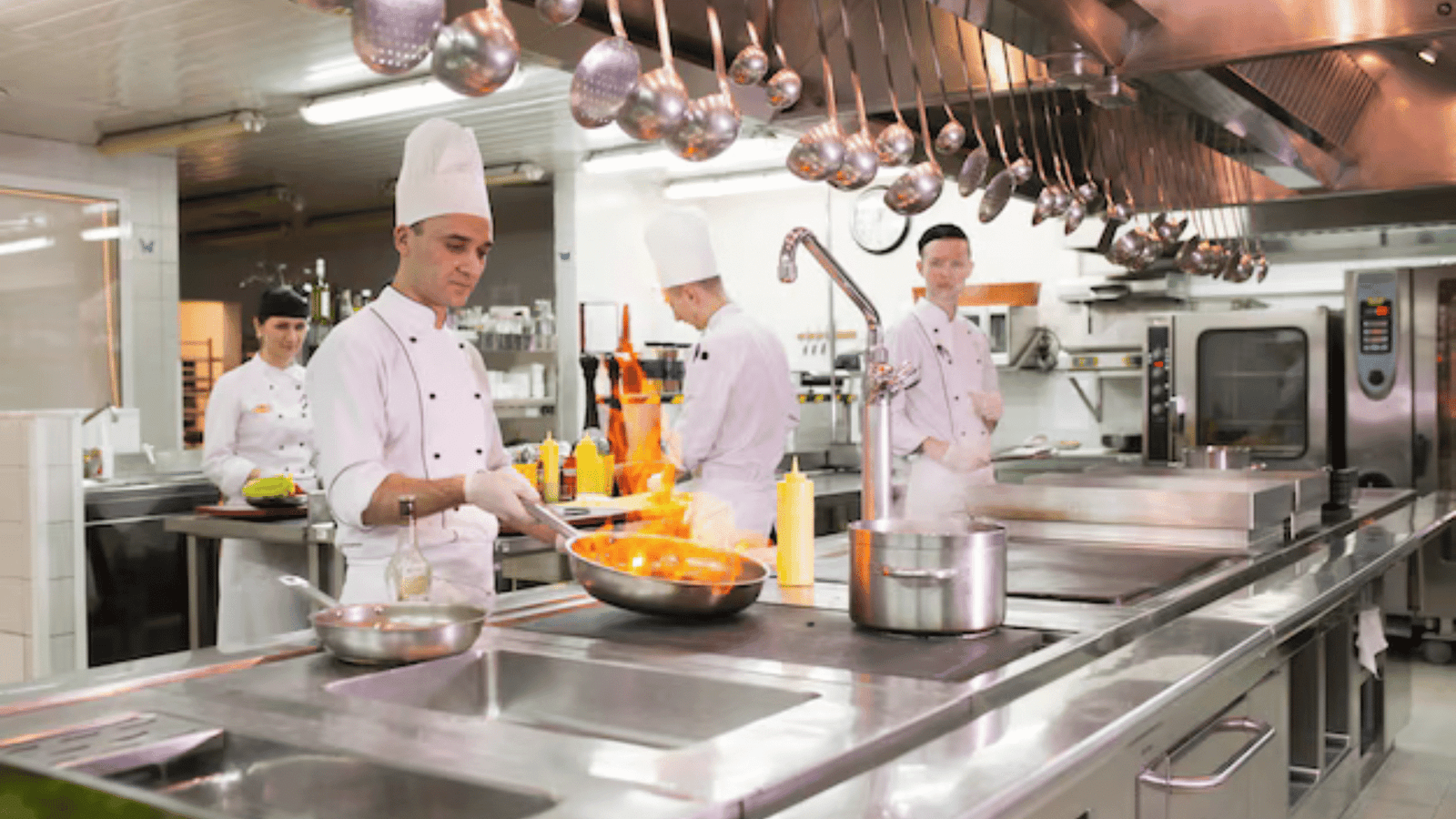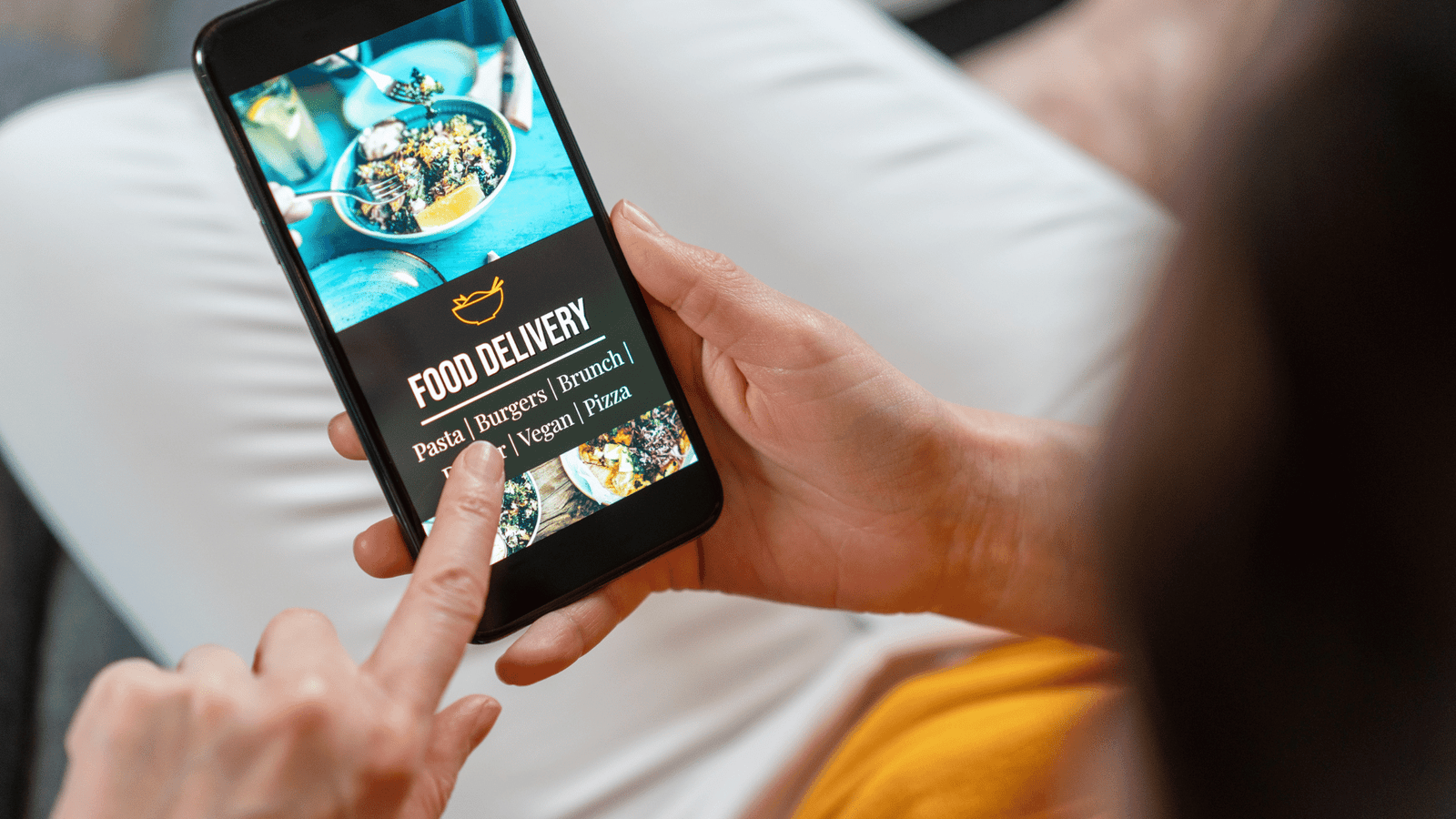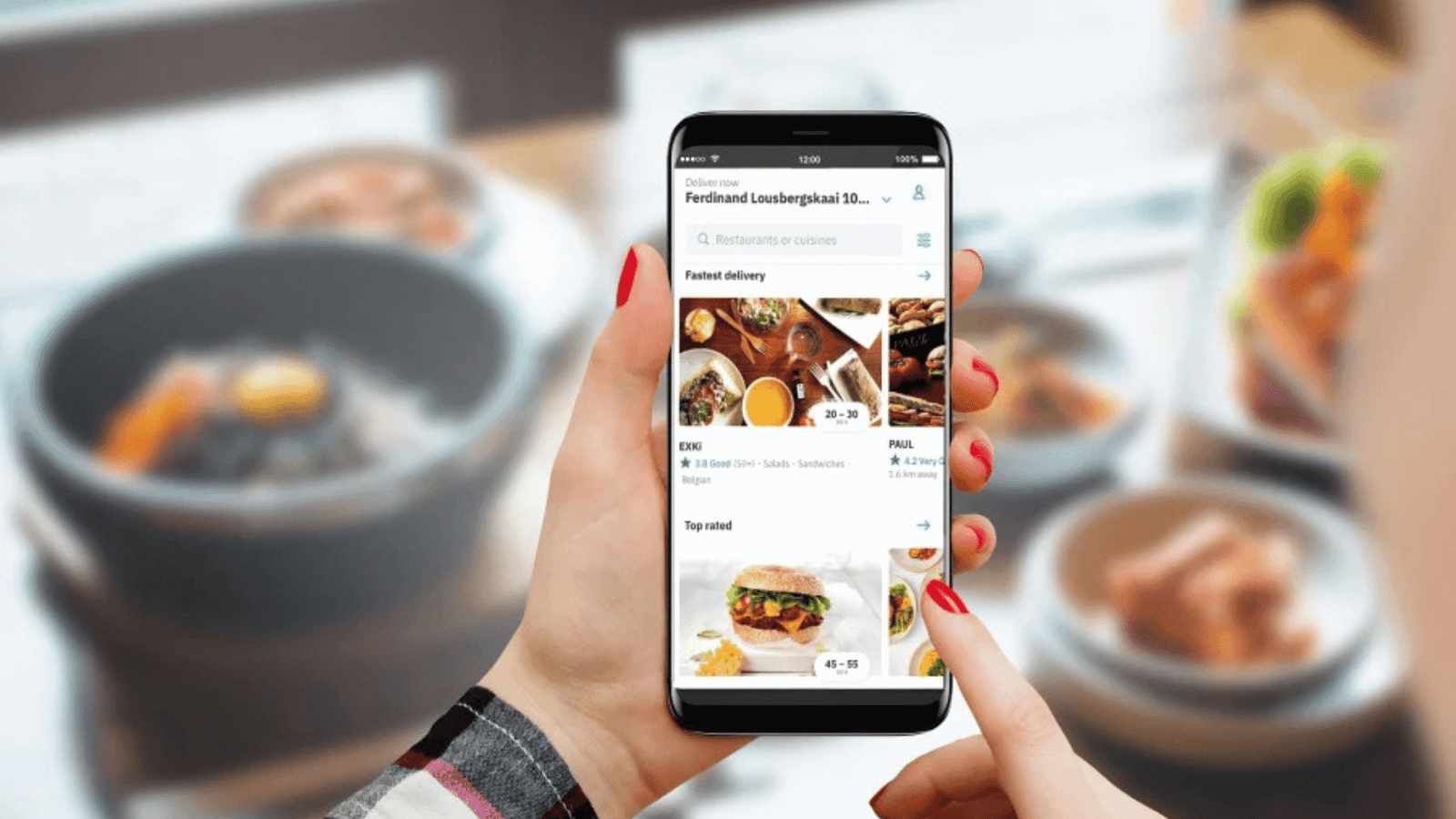In the world of food entrepreneurship, every decision counts — especially when it comes to the initial investment and long-term profitability. Many restaurant owners and food entrepreneurs face the daunting task of managing the high overhead costs associated with traditional restaurant setups. From purchasing expensive real estate to managing complex operations, the financial burden can be overwhelming, especially when starting out.
But what if you could launch a food business without the heavy capital investment? What if you could cut down on operational complexities, streamline your processes, and still scale your business rapidly?
Enter the concept of Cloud Kitchen as a Service — a game-changer in the foodservice industry. This innovative business model is helping entrepreneurs save on upfront costs, optimize operational efficiency, and increase their chances of success. But how does the cost of setting up a cloud kitchen compare to traditional restaurant setups? Let’s dive into a detailed Cloud Kitchen as a Service cost comparison to uncover the financial benefits of choosing this model.

Overview: Traditional Restaurant vs. Cloud Kitchen as a Service
Traditional Restaurant Setup:
A traditional restaurant setup involves securing a physical location, outfitting the space with kitchen equipment, furniture, decor, and other essential elements. Owners must deal with the cost of renting or buying property, paying for utilities, hiring staff, obtaining licenses, and managing all aspects of the business themselves. Additionally, traditional restaurants are often bound by the restrictions of operating within set hours and locations, with limited flexibility for expansion or scalability.
Cloud Kitchen as a Service:
Cloud kitchens (also known as virtual kitchens or dark kitchens) operate without a storefront. They focus exclusively on fulfilling online orders, leveraging food delivery platforms like Zomato, Swiggy, and others. GrowKitchen offers Cloud Kitchen as a Service, providing a complete, end-to-end solution that covers everything from kitchen infrastructure, equipment, staffing, and tech support to marketing and delivery logistics. This business model eliminates the need for prime real estate, reduces operational complexities, and helps entrepreneurs launch their brands faster and more cost-effectively.
Cost Breakdown Comparison Table
| Expense | Traditional Restaurant | Cloud Kitchen as a Service (GrowKitchen) |
|---|---|---|
| Setup Costs | Rent (Prime location), Interiors, Licenses, Permits | Lower rent (Shared kitchen space), No upfront interiors, Licenses included |
| Equipment & Staffing | Kitchen Equipment, Waitstaff, Chefs, Managers | Professional kitchen equipment, Kitchen staff, Delivery drivers (in GrowKitchen’s model) |
| Monthly Recurring Costs | Utilities, Salaries, Maintenance, Inventory | Utilities, Salaries, Maintenance (Shared resources), Marketing |
| Technology & Marketing | Website, POS System, Social Media Marketing | Cloud-based management tools, Digital marketing (Support from GrowKitchen) |
| Time to Launch | 3-6 months (due to setup and licensing) | 1-2 months (ready-to-use kitchen facilities) |

Detailed Section-by-Section Comparison
Setup Speed & Capital Required
One of the key benefits of a cloud kitchen model is the significantly reduced initial capital requirement. Traditional restaurants require substantial investment in rent, interior design, kitchen setup, and more. In comparison, a cloud kitchen can be launched with much lower upfront costs. Grow Kitchen’s Cloud Kitchen as a Service offers fully equipped kitchen spaces, allowing entrepreneurs to skip the costly setup phase and begin their operations faster, typically within 1-2 months.
Traditional Restaurant: Expect 3-6 months to get everything set up, with a significant capital outlay for space, equipment, and hiring.
Cloud Kitchen as a Service: Launch time is significantly reduced, and capital requirements are much lower, allowing you to focus on product development and marketing.
Risk Factors and ROI Timeline
When comparing restaurant startup costs for traditional setups versus cloud kitchens, the risks involved also differ. Traditional restaurants face greater exposure to market risks, especially in terms of rent and infrastructure maintenance. Cloud kitchens, however, allow for a more flexible, low-risk entry into the food business.
Traditional Restaurant: High financial risk due to long lease terms, high initial investment, and operational overhead. ROI may take 3-5 years to materialize.
Cloud Kitchen as a Service: Lower risk, faster ROI (1-2 years), as the model allows you to scale quickly, test new markets, and adapt to changing demand without the burdens of fixed costs.
Operational Complexity
Running a traditional restaurant requires managing everything in-house — from kitchen operations to customer service. This not only increases the operational complexity but also demands constant attention to staffing, inventory, and customer satisfaction. In contrast, cloud kitchens provide a streamlined approach where GrowKitchen handles most of the logistical and operational tasks.
Traditional Restaurant: Complex operations, high management burden.
Cloud Kitchen as a Service: Simplified operations with end-to-end support, allowing entrepreneurs to focus on food quality and marketing.

Scalability & Flexibility
The scalability of a cloud kitchen model is one of its most appealing advantages. Traditional restaurants are limited by physical space, which makes scaling a long, costly process. With a cloud kitchen, you can scale rapidly across multiple locations with a more flexible model, especially when working with Cloud Kitchen as a Service providers like GrowKitchen, which allows you to operate without worrying about location or physical constraints.
Traditional Restaurant: Limited scalability; expansion requires significant investment in real estate, staff, and inventory management.
Cloud Kitchen as a Service: Easily scalable with minimal investment, allowing you to expand to new regions or markets as demand increases.
Real-Life Example: Comparing Costs
Let’s consider a fictional example of a food entrepreneur, Raj, who plans to start his own food brand — a cloud kitchen offering vegan food. Raj is weighing the cost of opening a traditional restaurant vs. opting for Grow Kitchen’s Cloud Kitchen as a Service.
Scenario 1: Traditional Restaurant Setup
- Rent: ₹30,000/month for a prime location
- Renovation & Interior: ₹3,00,000
- Equipment & Licenses: ₹3,00,000
- Staffing Costs: ₹50,000/month (waitstaff, chefs, and managers)
- Marketing: ₹50,000/month (social media and advertising)
- Total Initial Investment: ₹7,50,000
Total Monthly Recurring Costs: ₹5,00,000
Scenario 2: Cloud Kitchen with GrowKitchen
- Rent: ₹30,000/month (shared kitchen facility)
- Equipment & Staffing: ₹2,00,000 (includes kitchen equipment, staff, and maintenance)
- Marketing: ₹50,000/month
- Total Initial Investment: ₹2,50,000
Total Monthly Recurring Costs: ₹3,00,000

Read Also :- Cloud Kitchen Setup Costs and How to Minimize Them
How to Increase Sales in Your Cloud Kitchen?
Conclusion: Cloud Kitchen as a Service Cost Comparison
Choosing a Cloud Kitchen as a Service significantly reduces upfront costs, operational complexity, and time to launch. Whether you’re a first-time entrepreneur or an experienced restaurateur, Grow Kitchen provides an innovative, cost-effective solution to help you enter the market with minimal risk.
Ready to start your cloud kitchen business?
Book a free consultation with GrowKitchen today and explore how our Cloud Kitchen as a Service can help you reduce costs and scale your food business quickly.
Or, if you’re curious about the exact costs, download our Cloud Kitchen Cost Calculator to get a personalized breakdown for your business
FAQ’s
Q1. What is the difference between a traditional restaurant and a cloud kitchen?
A cloud kitchen operates solely for online orders without a physical storefront, reducing operational costs compared to traditional restaurants
Q2. How does GrowKitchen’s Cloud Kitchen as a Service reduce costs?
Grow Kitchen eliminates the need for prime real estate, extensive staff, and costly equipment, offering a fully equipped, scalable kitchen at lower costs.
Q3. What are the initial costs of starting a cloud kitchen?
The initial costs for a cloud kitchen with Grow Kitchen are significantly lower than traditional restaurants, with reduced rent and equipment costs.
Q4. How quickly can I launch my cloud kitchen?
With Grow Kitchen, you can launch your cloud kitchen in 1-2 months, compared to the 3-6 months it takes for a traditional restaurant setup
Q5. Is the cloud kitchen model scalable?
Yes, the cloud kitchen model offers high scalability with minimal investment, allowing rapid expansion across locations.





